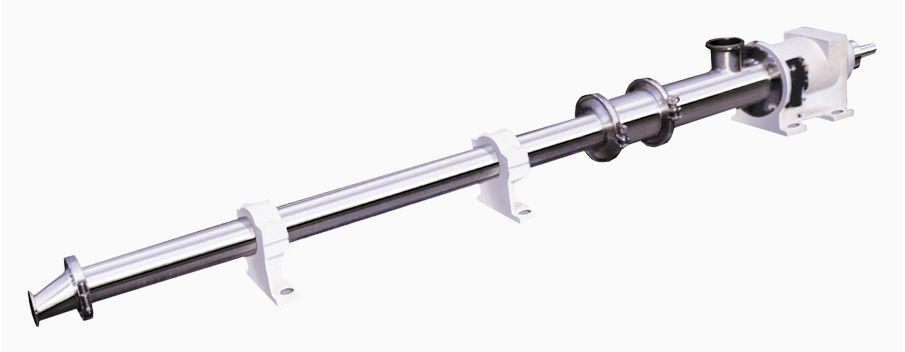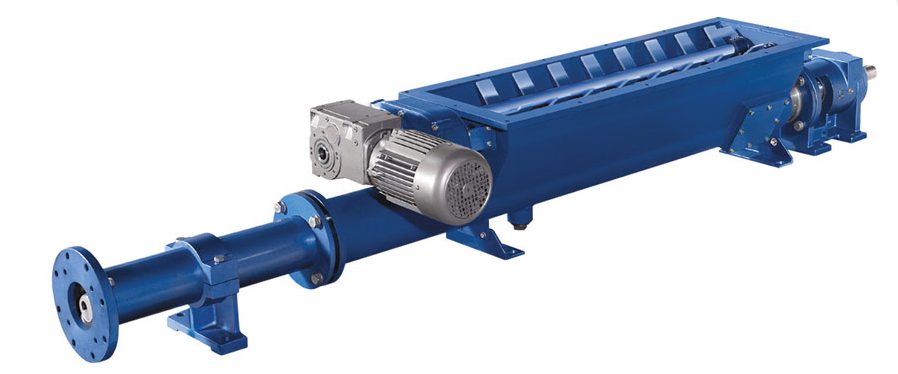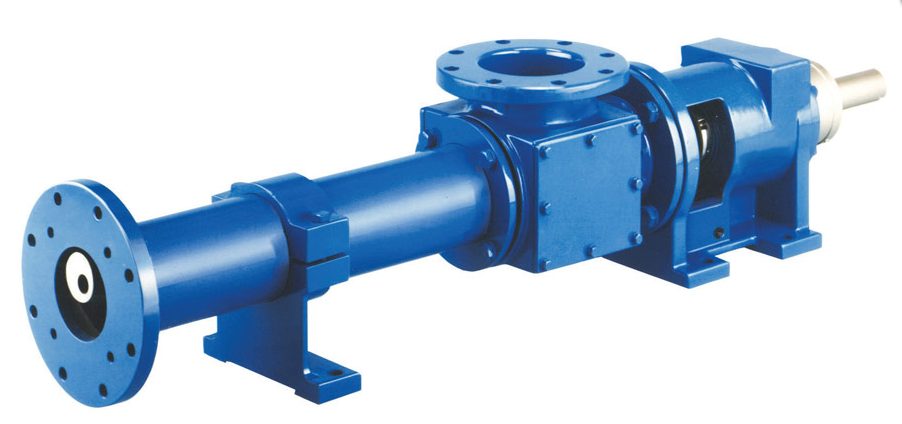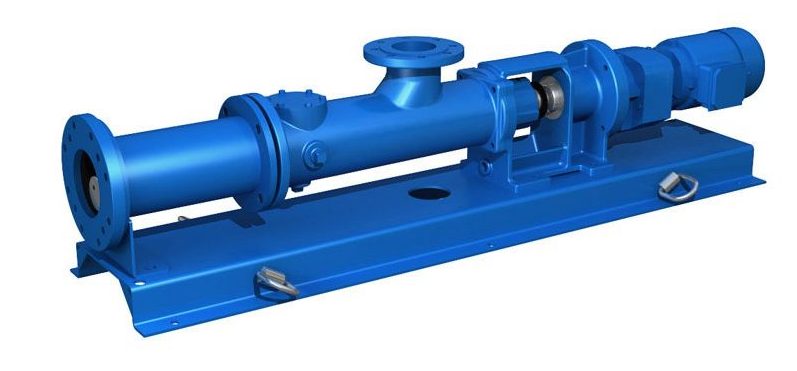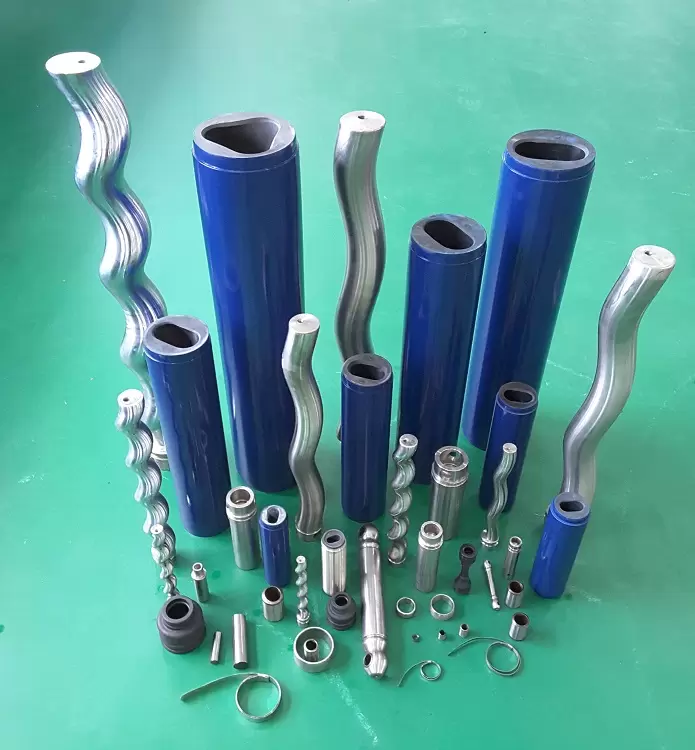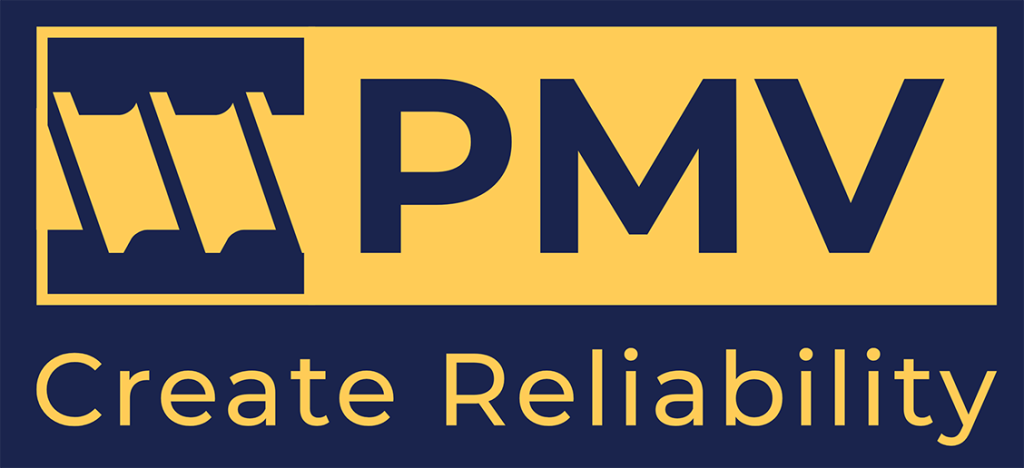moyno pump parts diagram
Moyno pumps are widely recognized for their reliability and efficiency, commonly used in various industries for handling viscous fluids and slurries. Understanding the parts of a Moyno pump is crucial for maintenance and repair. Below is an overview of the main components typically found in a Moyno pump, along with their functions.
Key Components of a Moyno Pump
-
- Rotor
-
- Function: The rotor is the main moving part that creates suction and pushes the fluid through the pump.
-
- Material: Often made from hardened steel or other durable materials.
-
- Stator
-
- Function: The stator surrounds the rotor and forms the chamber where the fluid is moved. It provides a sealing surface for the rotor.
-
- Material: Typically made from elastomeric materials for flexibility.

-
- Suction Cover
-
- Function: This part allows fluid to enter the pump and provides a pathway for the rotor to draw in the fluid.
-
- Design: Usually designed to minimize turbulence.
-
- Discharge Cover
-
- Function: It directs the fluid out of the pump after it has been processed by the rotor and stator.
-
- Design: Should provide a tight seal to maintain pressure.
-
- Bearings
-
- Function: Bearings support the rotor and allow it to spin freely while minimizing wear.
-
- Types: Generally, ball or sleeve bearings are used.

-
- Shaft
-
- Function: The shaft connects the rotor to the motor, transmitting power to turn the rotor.
-
- Material: Made from durable metals to withstand stress.
-
- Seal
-
- Function: Seals prevent leaks of the pumped fluid and protect the internal components from contamination.
-
- Types: Mechanical seals or packing seals can be used depending on the design.
-
- Frame
-
- Function: The frame provides structural support for all the components and houses the pump.
-
- Material: Often made from cast iron or stainless steel for strength.

Parts Diagram
While I can’t provide a visual diagram, you can often find diagrams in the manufacturer’s manual or technical documentation. These diagrams typically label each part and show how they fit together.



